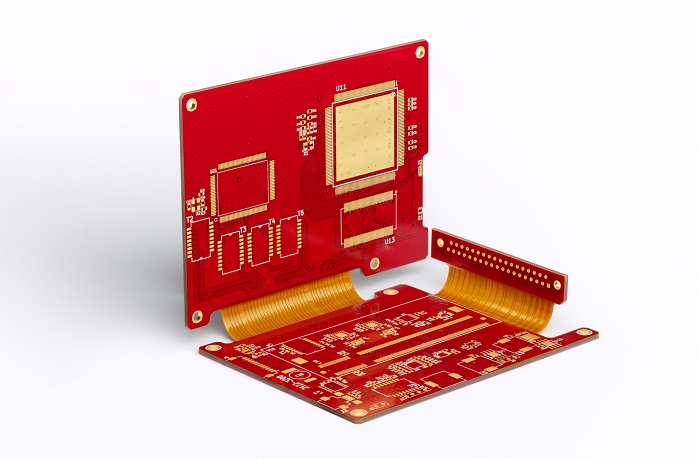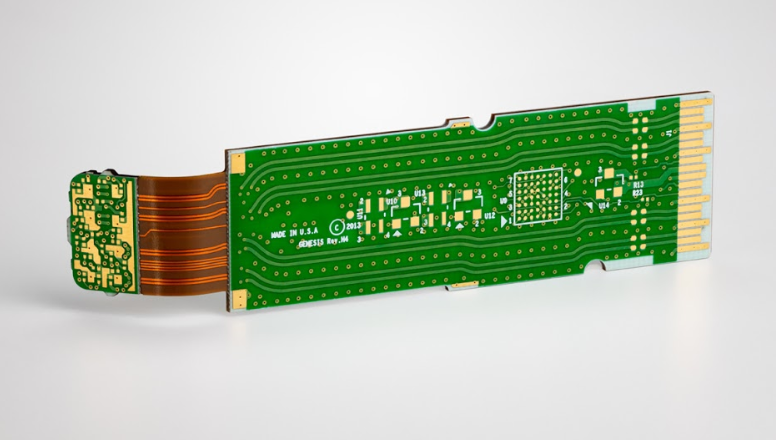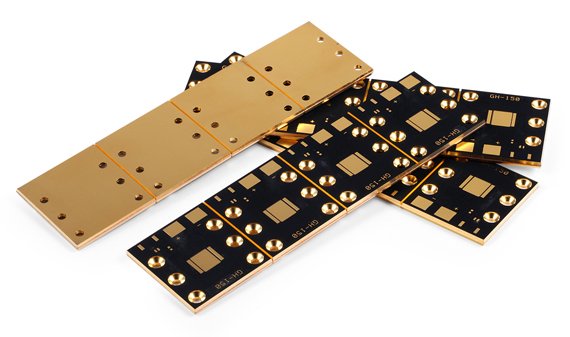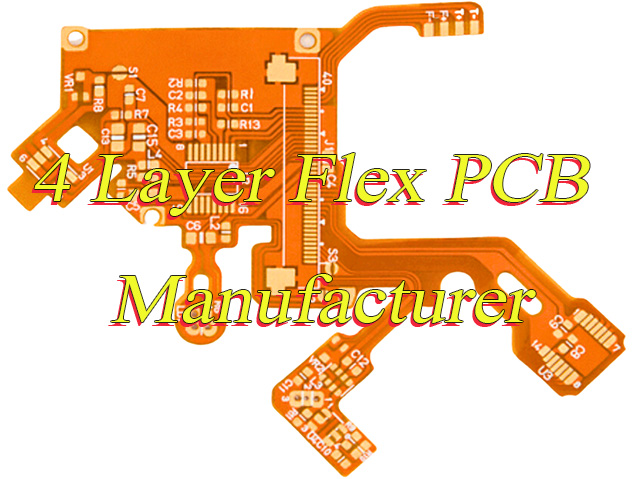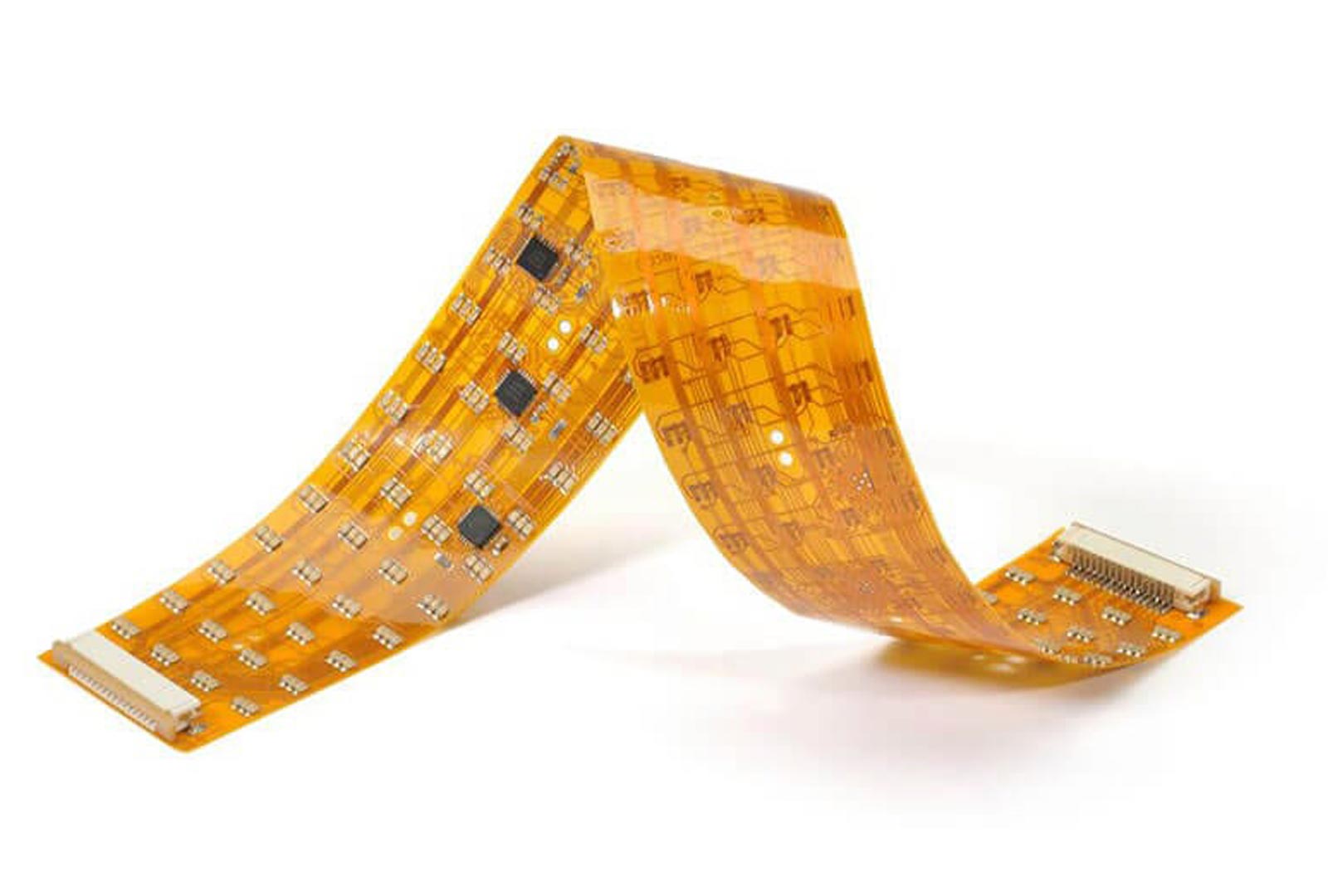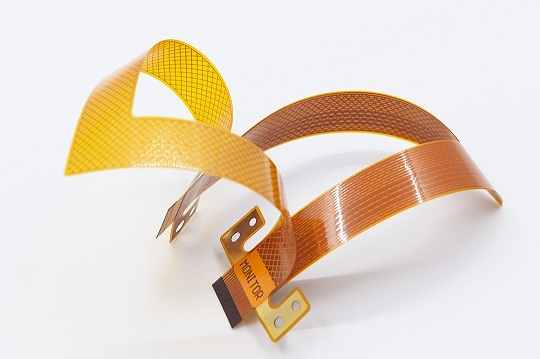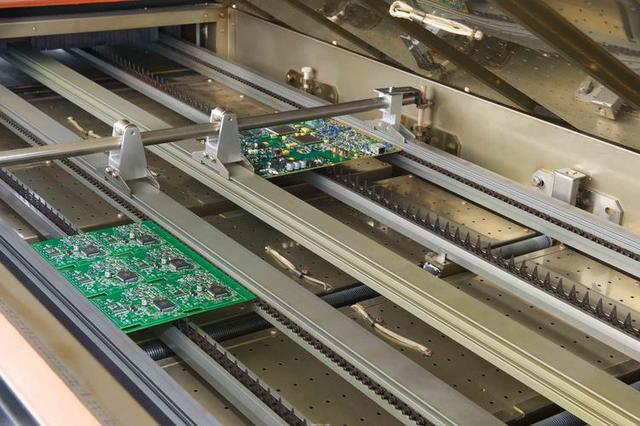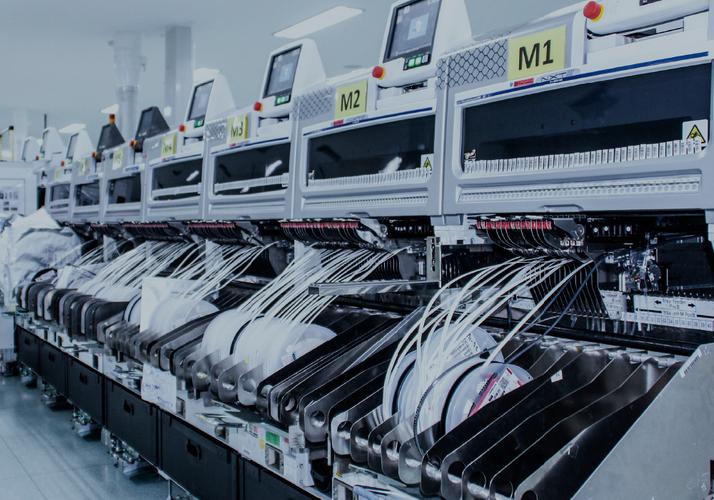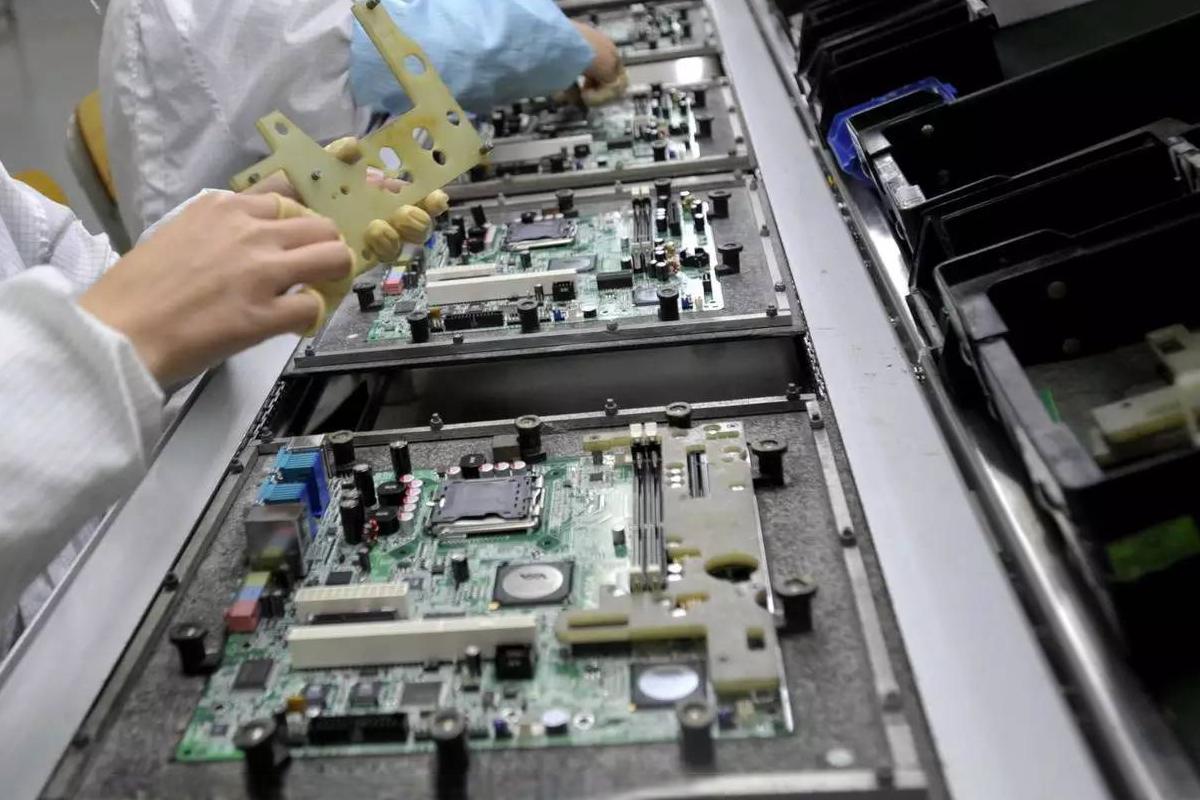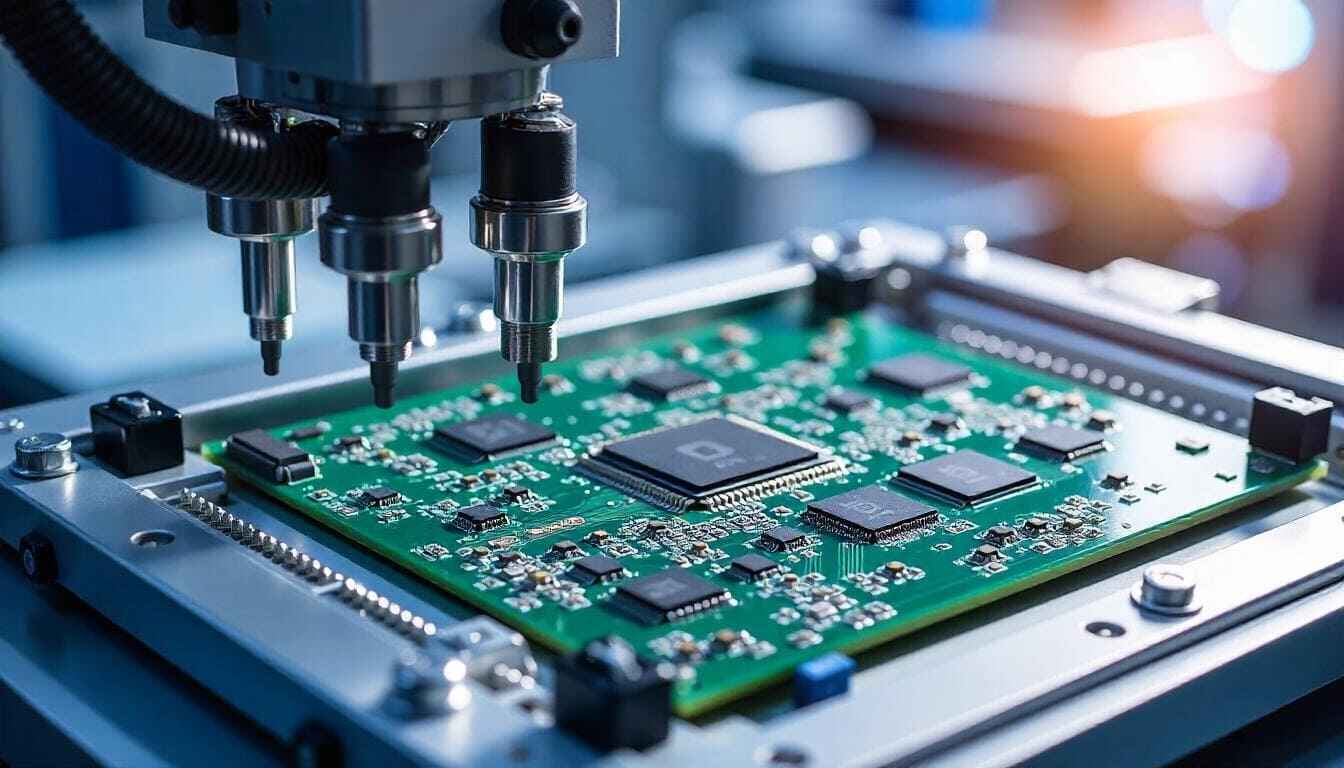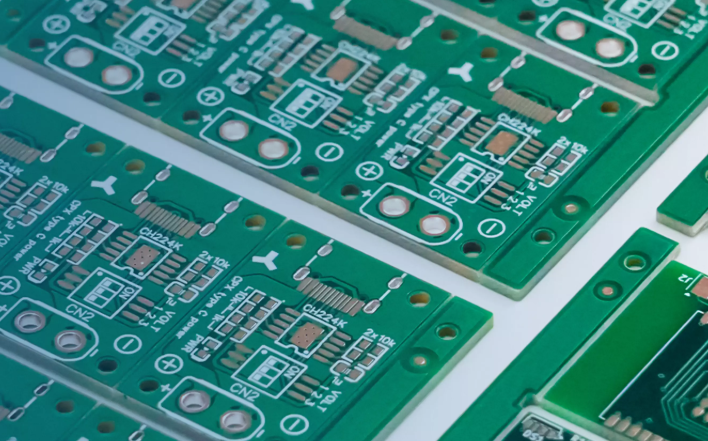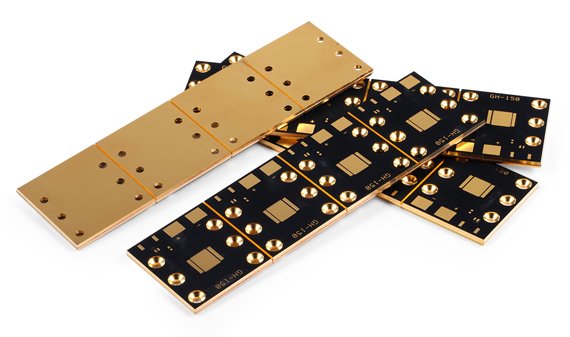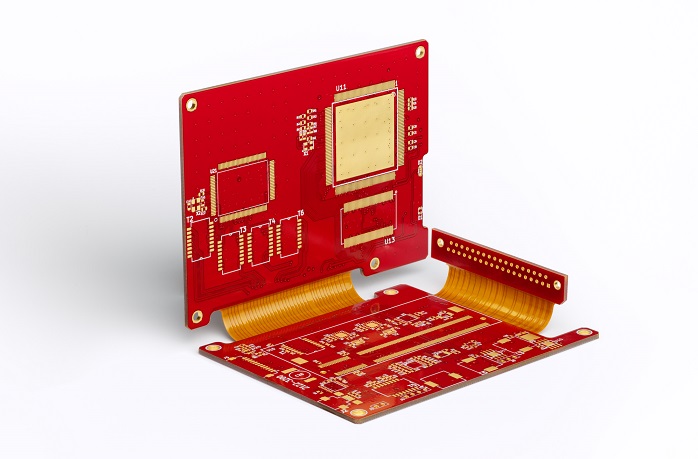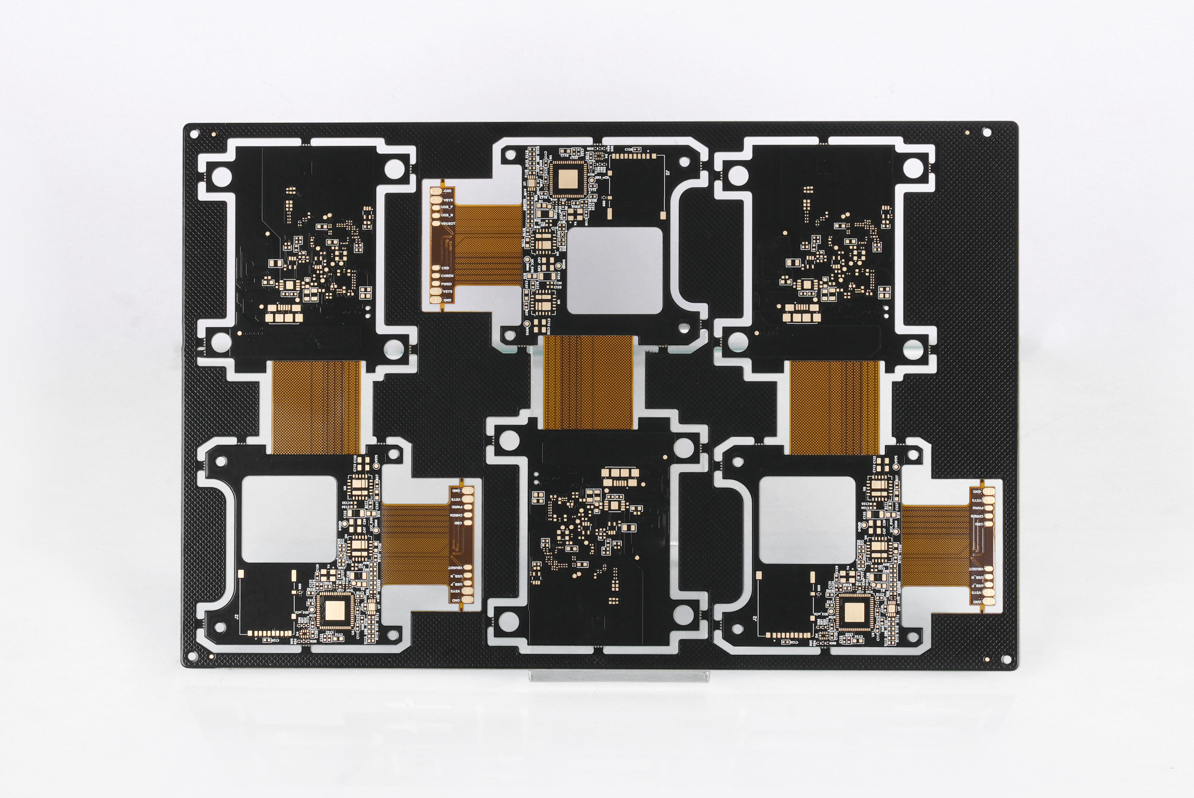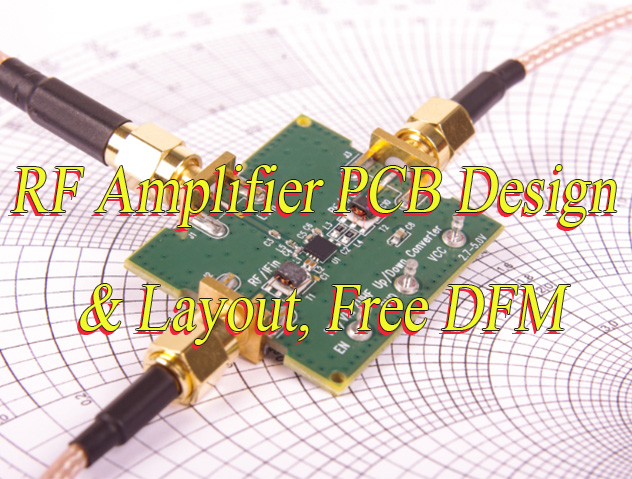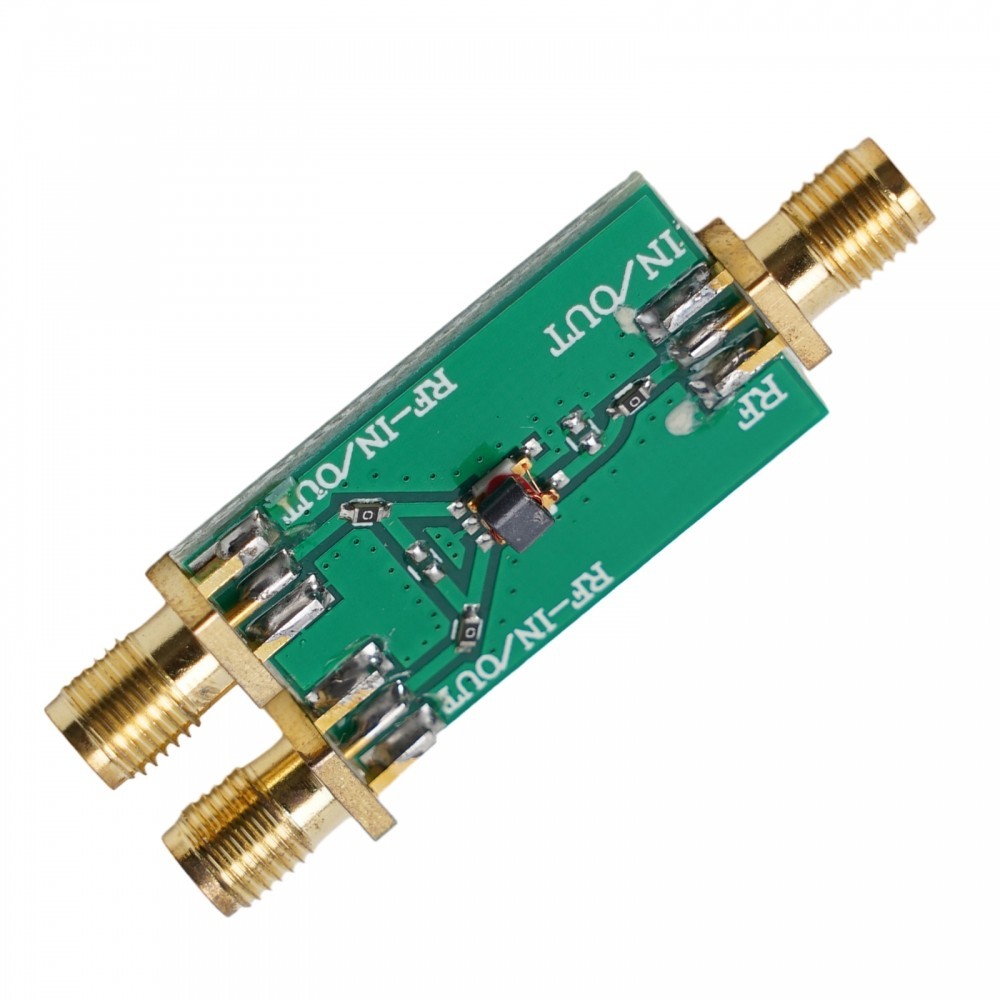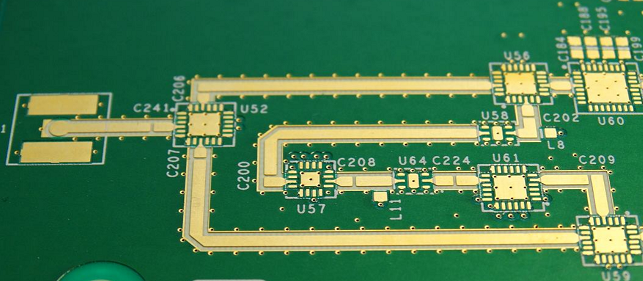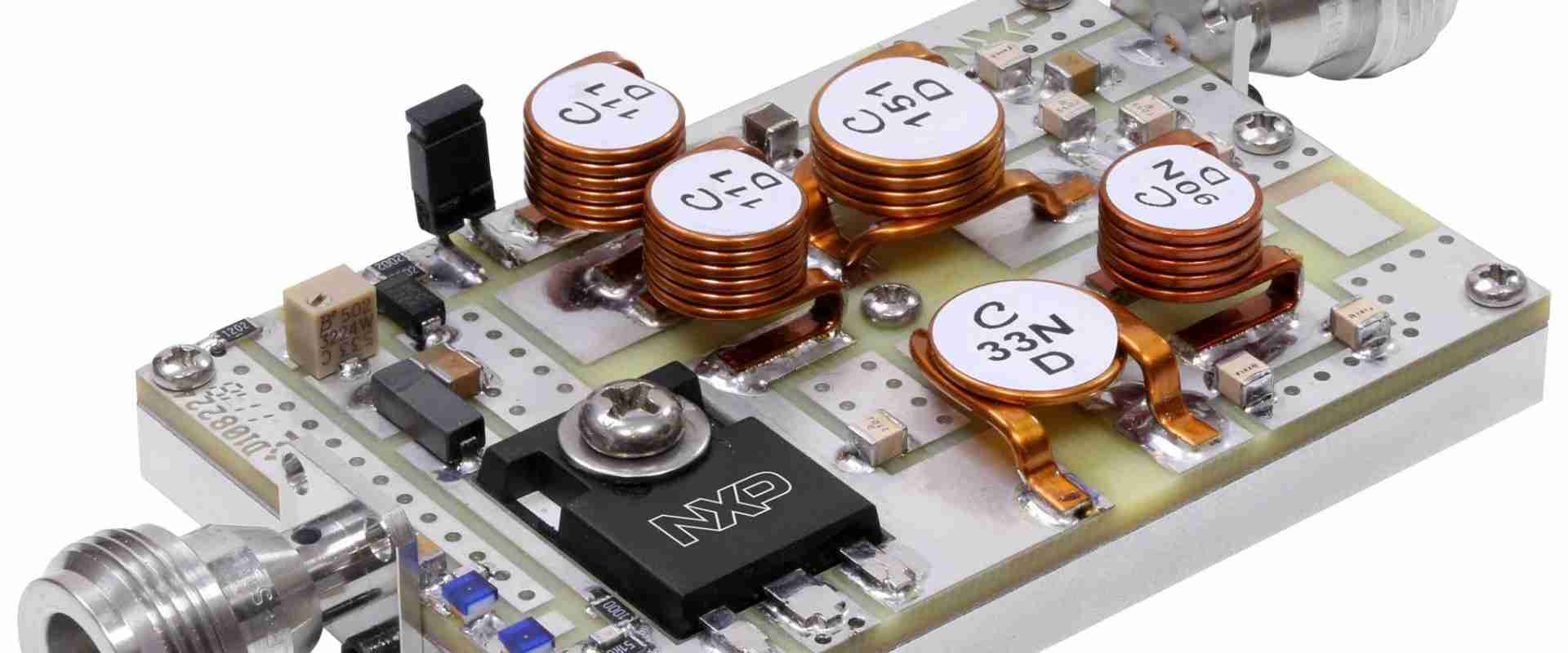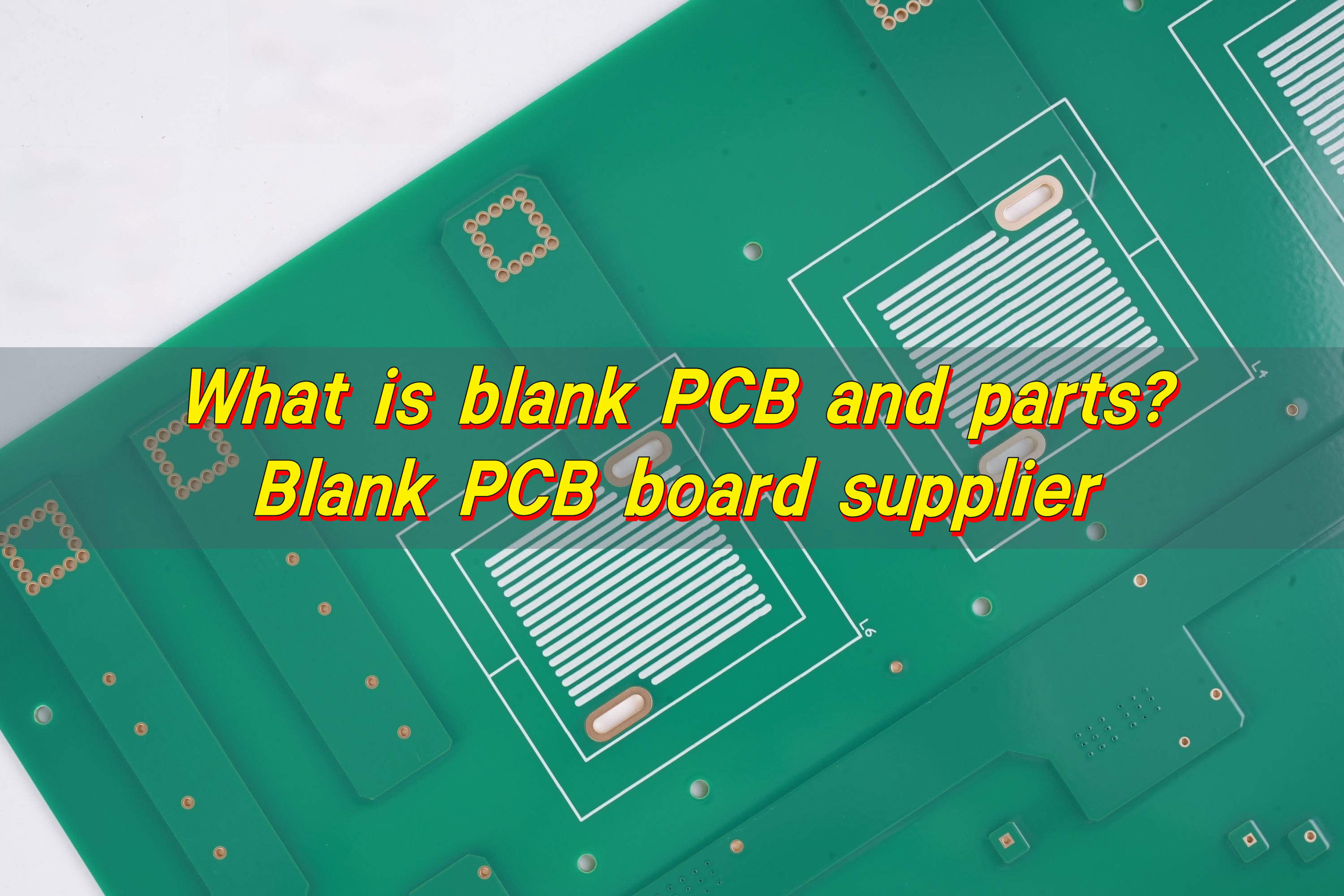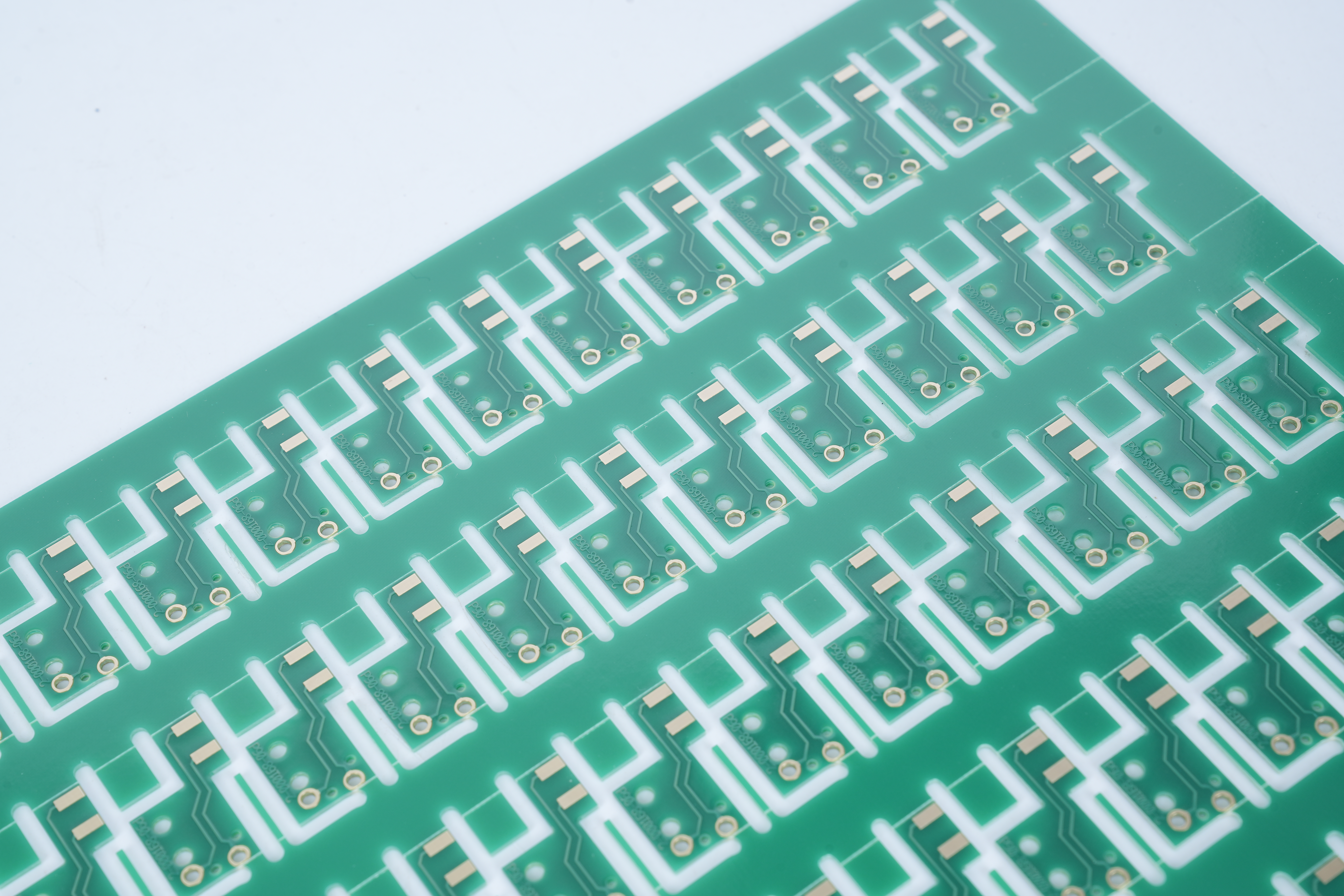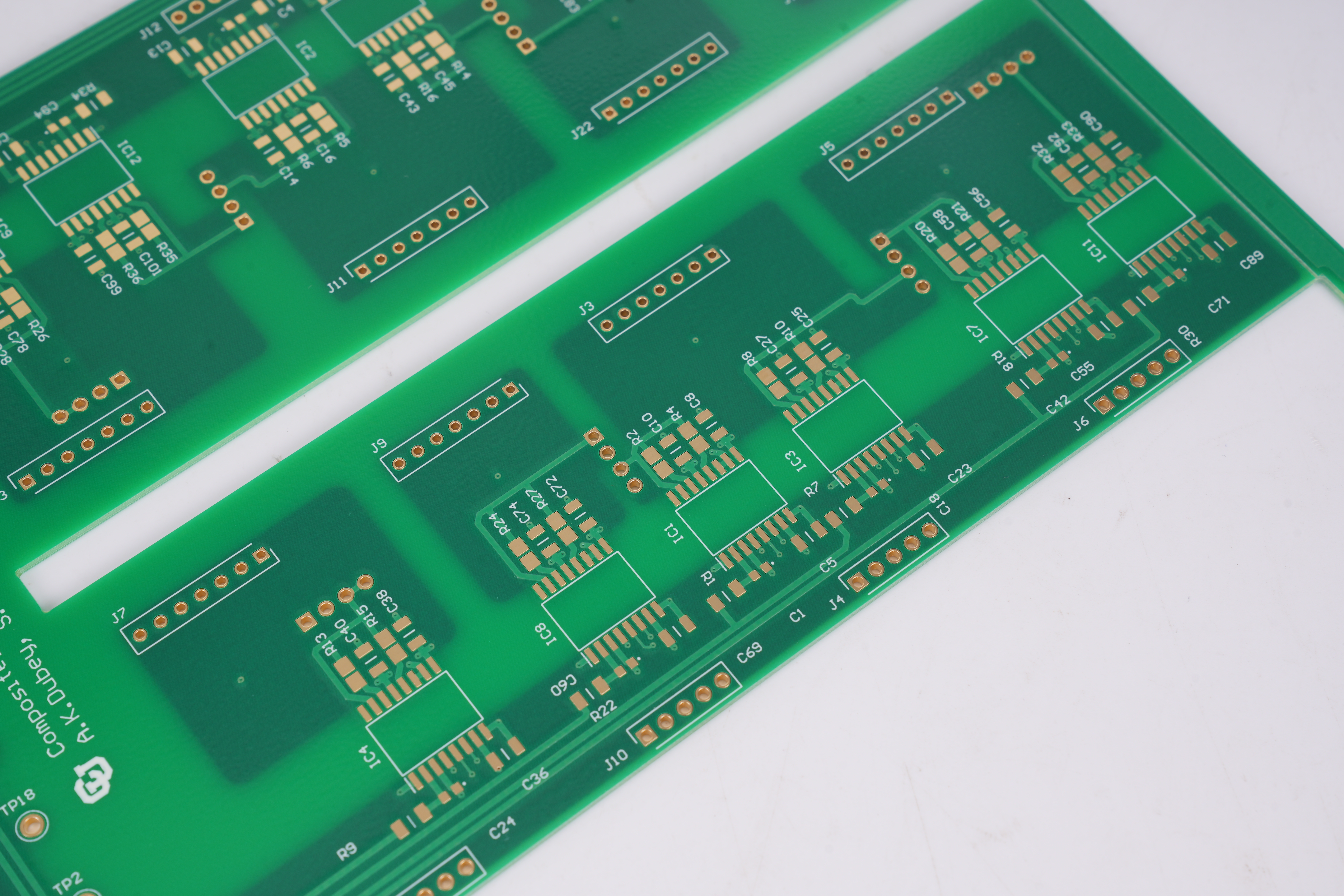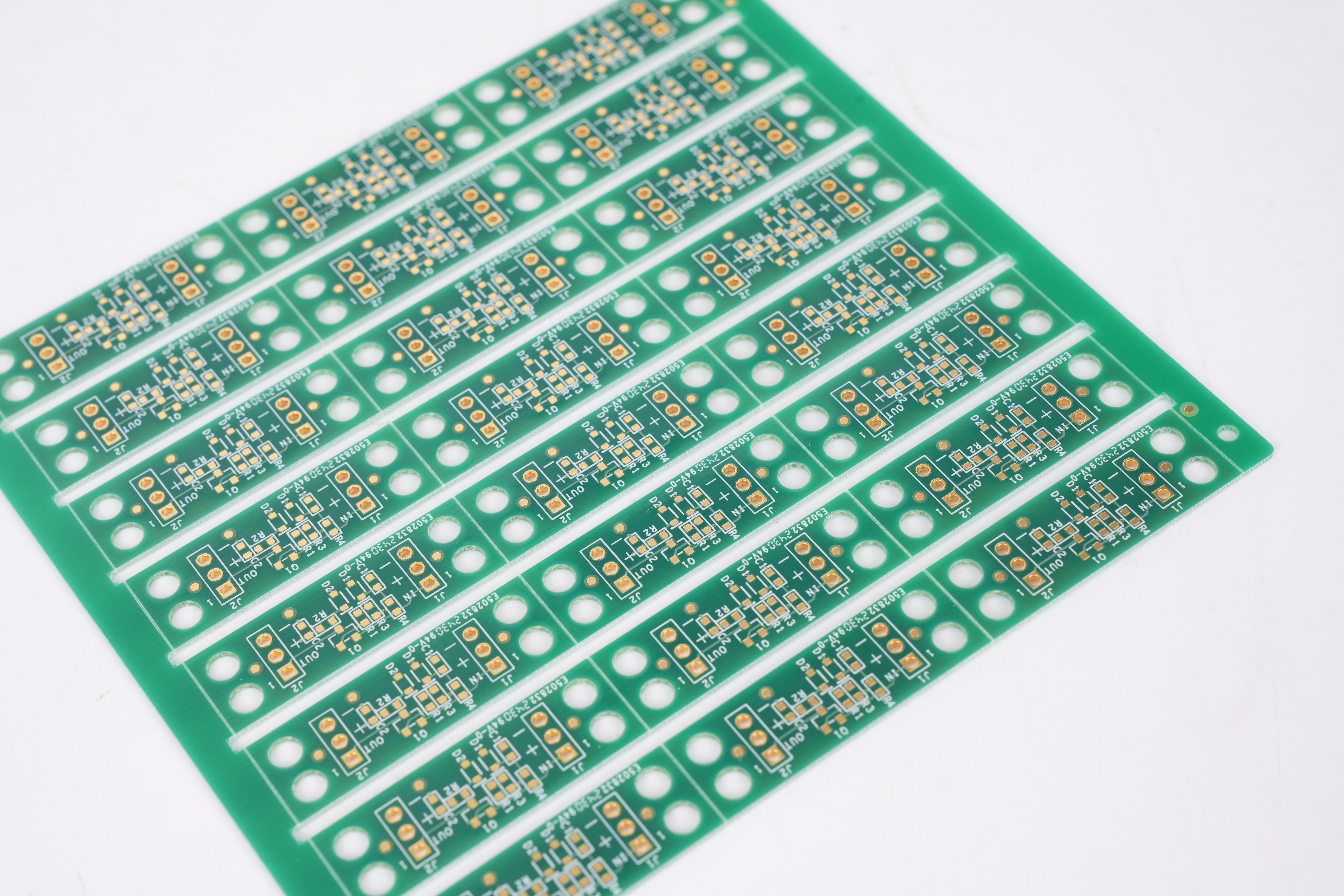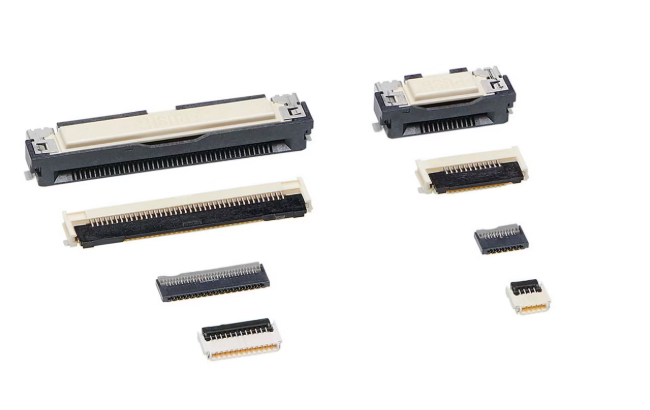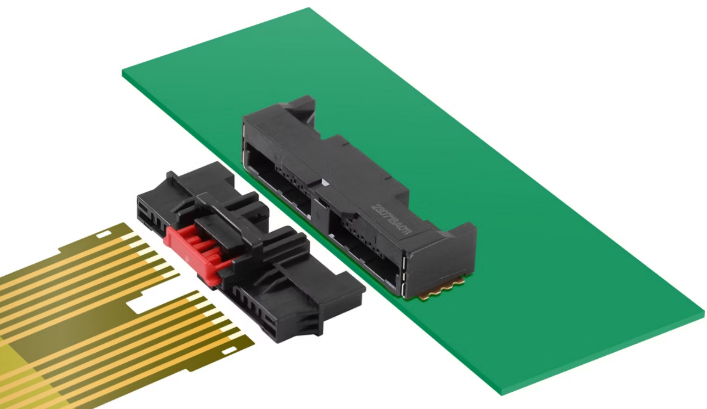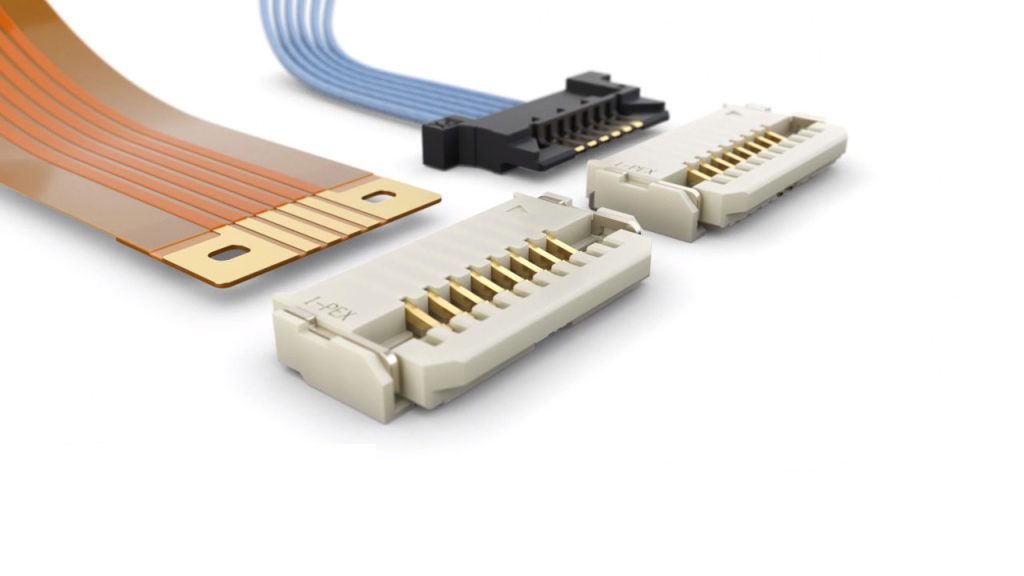Looking for PCB manufacturer in Russia? This blog will help you understand how to choose a reliable Russian PCB manufacturer and how to evaluate their manufacturing capabilities.
The top 10 PCB manufacturer in Russia are a frequent topic of discussion among engineers and purchasing personnel, who are all looking for stable and reliable manufacturing partners. The list of top 10 Russian PCB manufacturer also provides guidance for many teams, helping them find suppliers with clear processes, transparent pricing, and consistent support for both prototyping and mass production. As more and more Russian companies develop advanced electronic products, the demand for reliable PCB suppliers continues to grow.

Top 10 PCB Manufacturer in Russia
| Company Name | Advantages | Production Capability | Lead Time |
| Rezon IT LLC | Moscow-based, serves telecom/medical sectors, ISO certified | 2-16 layer PCBs, rigid-flex PCBs, prototypes | 3-7 days (mass production), 5-10 days (prototypes) |
| HFR Electronics | Specialized in aerospace, anti-radiation technology | 4-20 layer PCBs, high-speed RF boards | 7-12 days (mass production), 6-8 days (prototypes) |
| MicroEM Technologies | Cost-effective, industrial control focus | 2-12 layer PCBs, metal-core PCBs | 5-9 days (mass production), 4-6 days (prototypes) |
| Izhevskiy Radio Zavod (IRZ) | Defense industry qualification, strict quality control | 6-24 layer PCBs, military-grade PCBs | 10-15 days (mass production), 8-10 days (prototypes) |
| Novator JSC | Communication sector expertise, signal integrity optimization | 4-18 layer PCBs, HDI boards | 6-10 days (mass production), 5-7 days (prototypes) |
| SpecElecService | Quick prototype service, small-batch flexibility | 2-10 layer PCBs, prototype manufacturing | 3-5 days (mass production), 2-4 days (prototypes) |
| Matrix Electronics | Medical device certification, biocompatible materials | 4-22 layer PCBs, rigid-flex PCBs | 8-12 days (mass production), 6-9 days (prototypes) |
| RTS Engineering | Wide regional coverage, on-site technical support | 2-14 layer PCBs, industrial control PCBs | 5-8 days (mass production), 4-6 days (prototypes) |
| Angstrem | Semiconductor integration capability, high-precision processing | 6-26 layer PCBs, semiconductor-related PCBs | 9-14 days (mass production), 7-10 days (prototypes) |
| Moscow Hanson Technology Co., Ltd. | High-frequency RF expertise, impedance control accuracy | 2-30 layer PCBs, Rogers PCBs | 4-8 days (mass production), 3-5 days (prototypes) |
How to Choose A Reliable PCB Manufacturer in Russia?
A Detailed Guide to Selecting A Reliable Russian PCB Manufacturer:
1. Core Credentials and Certification Verification
- International Standard Certifications: Prioritize manufacturers with ISO 9001 (Quality Management), IPC-A-600 (PCB Acceptability) certifications to ensure global compliance.
- Industry-Specific Certifications: Look for vertical-specific accreditations like IATF 16949 (automotive), ISO 13485 (medical), or AS9100 (aerospace) for specialized projects.
- Environmental Compliance: Confirm adherence to RoHS (hazardous substance restrictions), REACH (chemical management) to avoid supply chain risks.
2. Technical Capabilities and Production Transparency
- Technical Parameter Transparency: Demand detailed specifications for layers, trace width/spacing, hole sizes, and impedance control to validate custom designs.
- Material Traceability: Choose manufacturers providing raw material supplier details (e.g., copper foil, substrate brands) and batch traceability systems.
- Engineering Support Responsiveness: Evaluate DFM (Design for Manufacturability) feedback, online quoting tools, and 24/7 technical support for seamless design-to-production transitions.
3. Quality Control and Inspection Processes
- Multi-Level Inspection Systems: Prefer vendors using AOI (Automated Optical Inspection), X-RAY (microvia testing), and electrical testing (flying probe/in-circuit) to minimize defects.
- Sample Validation Mechanisms: Request free samples or small-batch trials to test material performance, solder reliability, and dimensional accuracy.
- Transparent Quality Reports: Obtain batch inspection reports (e.g., copper thickness uniformity, impedance matching) and reliability test data (thermal shock, moisture resistance).
4. Supply Chain and Delivery Reliability
- Localized Logistics Networks: Select manufacturers with Russian warehouses or logistics partners to reduce lead times (e.g., 2â5 days for Moscow-area deliveries) and mitigate cross-border risks.
- Delivery Timeline Clarity: Confirm standard lead times (e.g., 3â5 days for double-sided boards, 7â10 days for multilayer) and expedited options to avoid delays.
- Packaging and Protection Standards: Ensure packaging meets ESD (electrostatic discharge), moisture, and shock protection requirements to prevent transport damage.
5. Client References and Case Studies
- Third-Party Review Platforms: Check professional ratings and client feedback on platforms like Clutch or GoodFirms, focusing on repeat collaboration rates and issue resolution efficiency.
- Industry Case References: Request examples of similar projects (e.g., high-frequency PCBs, HDI boards, rigid-flex designs) to verify performance in complex designs.
- Local Collaboration Experience: Prioritize manufacturers with proven experience partnering with Russian enterprises, familiar with local regulations, language, and cultural norms.
6. Cost and Value Optimization
- Transparent Pricing Structure: Require itemized quotes (materials, processing, testing, logistics) to avoid hidden costs and enable cost comparisons.
- Long-Term Partnership Benefits: Explore volume discounts, annual framework agreements, and technical training support to optimize long-term costs.
- Cost-Quality Balance: Avoid compromising quality for lower prices; validate cost-effectiveness through sample testing to ensure return on investment.
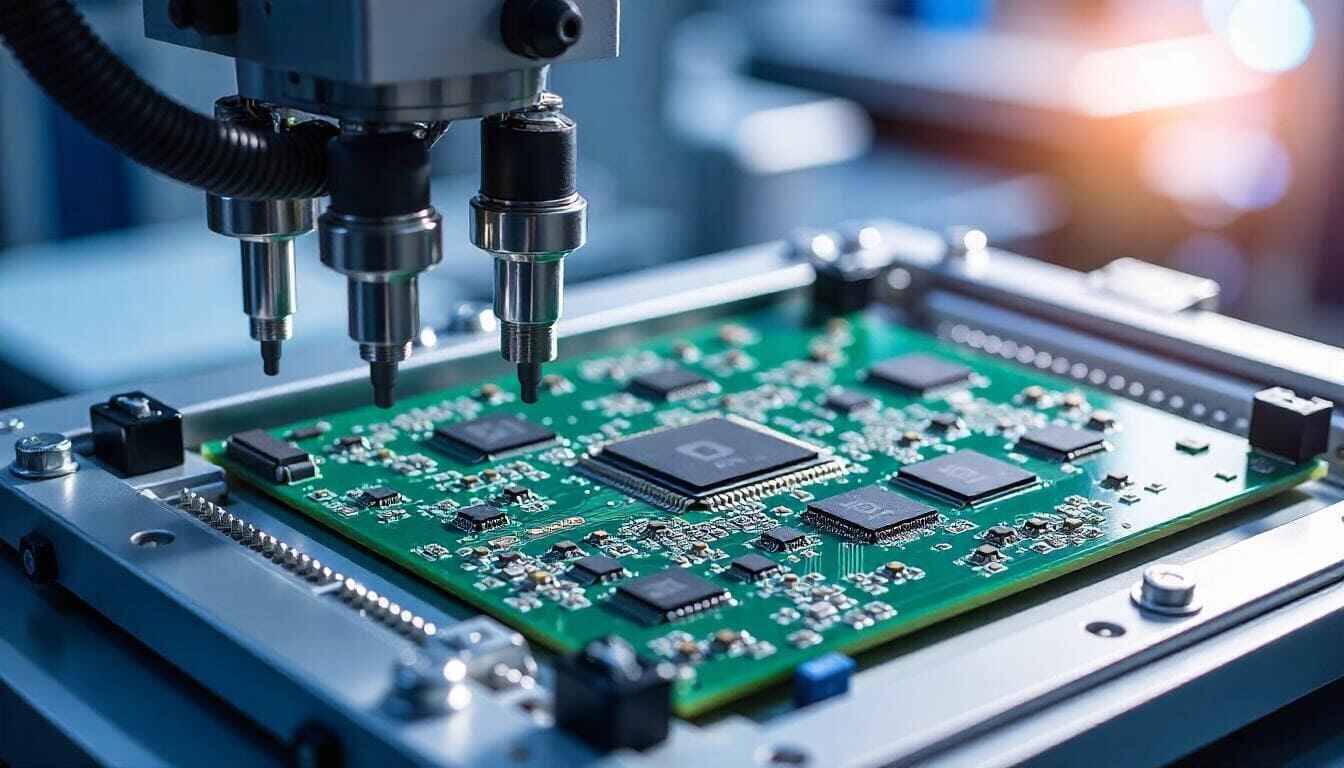
How to Evaluate the Production Capacity of PCB Manufacturer in Russia?
Methods About Evaluate the Production Capacity of Russian PCB Manufacturer:
1. Foundation Capacity Metrics Verification
- Monthly Average Production Area: Manufacturers must provide monthly production square footage data for various substrate types (FR-4, high-frequency, metal-based, etc.) over the past six months, specifying capacity allocation ratios between prototype lines and volume production lines.
- Lamination Technology Ceiling: Confirm multi-layer board mass production capabilities, focusing on stable monthly output for 8-32 layer boards and HDI process microvia/trace width limits (e.g., 50ÎŒm/50ÎŒm).
- Equipment Load Threshold: Review daily effective operating hours of key equipment (LDI exposure machines, vacuum presses, AOI inspection systems), ensuring load rates stay below 85% to maintain emergency order capacity.
2. Material Supply Chain Stability
- Substrate Inventory Depth: Audit regular inventory levels for high-frequency substrates (Rogers/Taconic) and specialty substrates (aluminum-based/ceramic-based), prioritizing vendors with direct supply partnerships with renowned material brands.
- Chemical Management: Require batch traceability systems for electroplating chemicals and dry film consumables, evaluating RoHS/Halogen-Free material quality control processes.
- Cross-Border Material Turnover: For imported specialty materials (domestic FT-4 substrates, Japanese electrolytic copper foil), confirm average procurement lead times and emergency contingency plans.
3. Process Capability & Bottleneck Identification
- Specialty Process Capacity: Quantify monthly maximum processing area for specialized processes including impedance control (±10%), blind/buried vias, and rigid-flex boards.
- Prototype Conversion Rate: Analyze prototype-to-volume order conversion data, with premium vendors maintaining conversion rates of at least 35%.
- Bottleneck Process Audit: Evaluate production rhythms for critical processes (immersion gold/electro-gold lines, laser drilling systems), requiring capacity improvement plans for these stations.
4. Quality Assurance System Alignment
- Quality Personnel Ratio: Verify that quality department staffing constitutes at least 15% of total workforce, confirming IPQC/OQC shift coverage across all production periods.
- Inspection Equipment Density: Calculate AOI/AXI equipment count per thousand square meters of capacity, assessing detection precision for 3mil line/space dimensions.
- Quality Data Transparency: Review First Pass Yield (FPY) reports from recent quarters, focusing on delivery yield fluctuations for multi-layer and HDI boards.
5. Capacity Elasticity Evaluation Criteria
- Expansion Response Timeframe: Understand decision-making processes for activating additional shifts or outsourcing collaboration during demand surges, with premium suppliers capable of responding within 72 hours.
- Equipment Redundancy: Confirm backup equipment availability for critical processes (e.g., dual LDI exposure machines), evaluating capacity compensation mechanisms during equipment failures.
- Quarterly Capacity Planning: Require quarterly capacity scheduling plans, prioritizing vendors with lean production models and capacity visualization management systems.
6. Technology Evolution Compatibility
- R&D Investment Ratio: Audit annual revenue allocation to new process R&D (recommended minimum 5%), tracking technology reserves in advanced areas such as mSAP processes and IC substrates.
- Equipment Renewal Cycle: Review average service life of primary production equipment, prioritizing vendors with major equipment investments in the past three years.
- Talent Pipeline Development: Evaluate training systems for process engineers and technicians, confirming technical follow-up capabilities in emerging fields like 5G and automotive electronics.

High Costs of Small-Batch Prototyping: Panelization Design Reduces Costs by 15%
Russian PCB clients face high per-unit costs in small-batch PCB prototyping due to material inefficiency, manual handling, and yield losses, it is critical challenges for rapid, budget-sensitive development.
Best Technology provides the following solutions to this challenge:
- Integrated Multi-Project Panelization: Consolidates diverse designs (2-12 layers, varying dimensions) onto single panels, boosting utilization by 30%+ and reducing material costs by 40% in verified cases.
- Precision Routing Optimization: Achieves 0.08mm trace/space precision, increasing panel density by 25% and lowering unit-area costs by 15%. Maintains signal integrity for high-speed/high-frequency applications.
- Transparent Cost Management: Provides DFM analysis and tiered pricing models, with 5-10% bulk-order savings. Full-chain cost transparency eliminates hidden fees, supported by standardized technical documentation.
Most of our customers report that optimized panelization design reduces the production costs of small-batch PCB prototypes by approximately 15% during the early development stage.
Design-Manufacturing Mismatch: Free DFM Validation
Design mismatches remain a common manufacturing challenge for Russian PCB customers, often leading to production delays and cost overruns. Best Technology mitigates these risks with a free professional DFM (Design for Manufacturability) review service, ensuring a smooth design-to-production process, reducing lead times by over 15%, and improving the long-term reliability of PCB products.
Best Technology’s free DFM verification service solution to address this challenge includes:
- Trace and Spacing Feasibility Analysis: Verifying 0.08mm trace/spacing designs to proactively eliminate short circuit or open circuit risks.
- Drill File Alignment Verification: Utilizing X-ray drilling positioning technology to ensure hole position accuracy within a 0.05mm tolerance.
- Pre-production Stack-up Verification: Confirming substrate selection, copper thickness distribution, and dielectric constant matching to achieve ±5% impedance control accuracy.
- Solder Mask Bridge Inspection: Automatically checking if solder mask bridge width is â„0.1mm to prevent solderability defects.
- Pad-to-Hole Tolerance Assessment: Evaluating pad size and drill diameter to comply with IPC Class 2 standards.
- Controlled Impedance Design Review: Integrating TDR test data to verify impedance consistency and ensure high-speed signal integrity.
- Final Manufacturability: Providing a comprehensive report including risk assessment, optimization recommendations, and cost impact analysis.
Over 90% of our Russian partners reported a 25% increase in first-pass yield, a 40% reduction in lead time, and a 30% decrease in rework costs after undergoing DFM review.
Quality Consistency & Batch Variation: ISO Certified Quality System
Batch-to-batch quality variations undermine assembly yields and final device reliability. It is a critical concern for Russian PCB clients demanding predictable quality outcomes. Best Technologyâs ISO-certified quality framework minimizes these risks through structured process controls, ensuring stability across medical, automotive, aerospace, and industrial applications.
Best Technology’s ISO certifications to industry demands:
- ISO9001 Quality Management: Establishes robust process controls from design to delivery, reducing defect rates by 20%+ in verified cases.
- ISO13485 for Medical Electronics: Ensures compliance with stringent medical device regulations, validating cleanroom processes for life-critical applications.
- IATF16949 for Automotive Projects: Applies automotive-grade defect prevention protocols, including PPAP documentation and 100% dimensional inspection for high-reliability components.
- AS9100D for Aerospace Electronics: Meets aerospace-specific requirements for radiation-hardened materials, thermal cycling resistance, and ESD protection, backed by FAI (First Article Inspection) reports.
Real feedback from Russian clients confirms that Best Technologyâs system translates to reduced rework, accelerated certifications, and predictable performance across high-stakes applications.
Why Russian Clients Choose Best Technology for PCB Manufacturer?
Reasons Why Russian Clients Choose Best Technology for PCB Manufacturer:
- 19-Year Production Wisdom â Decades of accumulated expertise with a proprietary error-tracking database, slashing design mistakes by 30% and reducing client rework costs.
- Free DFM (Design for Manufacturing) Analysis â Complimentary pre-production reviews identify design flaws early, preventing costly late-stage modifications for Russian engineers.
- Certified Compliance â Medical-grade certifications and IATF 16949 validation assure Russian clients in high-reliability sectors like automotive/aerospace of uncompromised quality.
- Cost-Optimized Solutions â Tailored design approaches reduce PCB costs by 15-20% through material efficiency and process optimization, directly aligning with Russiaâs cost-sensitive engineering priorities.
- 24-Hour Rapid Prototyping â Urgent orders receive laser-fast 24-hour turnaround for prototypes, critical for Russian R&D teams accelerating time-to-market in competitive sectors like 5G/automotive.
- 99.2% On-Time Delivery â Proven reliability through precision logistics and production planning, eliminating delays for Russian procurement teams managing strict project timelines.
- Batch-Level Full Inspection â 100% quality verification for mass production runs, backed by ISO 9001, IATF 16949, and medical-grade RoHS certifications that meet Russian/EU regulatory standards.
- Elastic Scaling Capacity â Dynamic production lines adapt to Russian bulk orders or sudden spikes, supported by 72-hour emergency expansion protocols for critical projects.
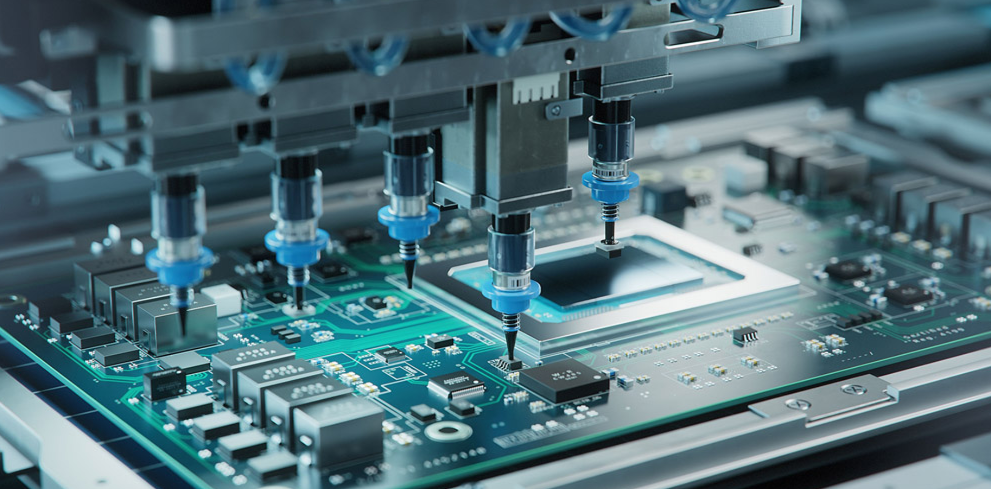
Welcome to contact us if you have any request for PCB design, prototyping, mass production, assembly: sales@bestpcbs.com.
Frequently Asked Questions
Q1: What information do I need to provide before starting PCB manufacturing?
A1: To start manufacturing, you should prepare complete Gerber files, drill files, stack-up requirements, copper thickness, surface finish preference, and any impedance notes. Clear documentation helps engineers review manufacturability faster and reduces the chance of revision. Many buyers also include BOM and assembly drawings when PCBA service is required.
Q2: How do manufacturers control PCB quality during production?
A2: Quality control happens at multiple stages. Factories use AOI inspection, impedance tests, solder-mask alignment checks, plating thickness measurements, and 100% electrical testing. These steps confirm that the final boards match the original design intent. A well-structured ISO system adds further consistency across batches.
Q3: Why does PCB price vary so much among different manufacturers?
A3: Prices change due to material grade, copper weight, layer count, surface finish, panel utilization, and production equipment level. A supplier with advanced lamination lines, laser drilling, and fine etching control often handles complex boards with better stability. Buyers should compare both capability and long-term reliability, not only cost.
Q4: What factors influence PCB manufacturing lead time?
A4: Lead time depends on layer count, process difficulty, special materials, and production load. Simple 2â4 layer boards may finish in a few days, while HDI, RF laminates, and 10+ layer designs need more steps. Providing correct files and quick feedback helps shorten overall turnaround time.
Q5. How do I choose a reliable PCB manufacturer for complex designs?
A5: Look for a manufacturer with strong engineering support, stable process control, ISO certifications, multi-material experience, and clear communication habits. Review their past projects, inspect sample quality, and confirm their capability for HDI, controlled impedance, or high-frequency work. A supplier who explains risks early usually offers higher trustworthiness.




